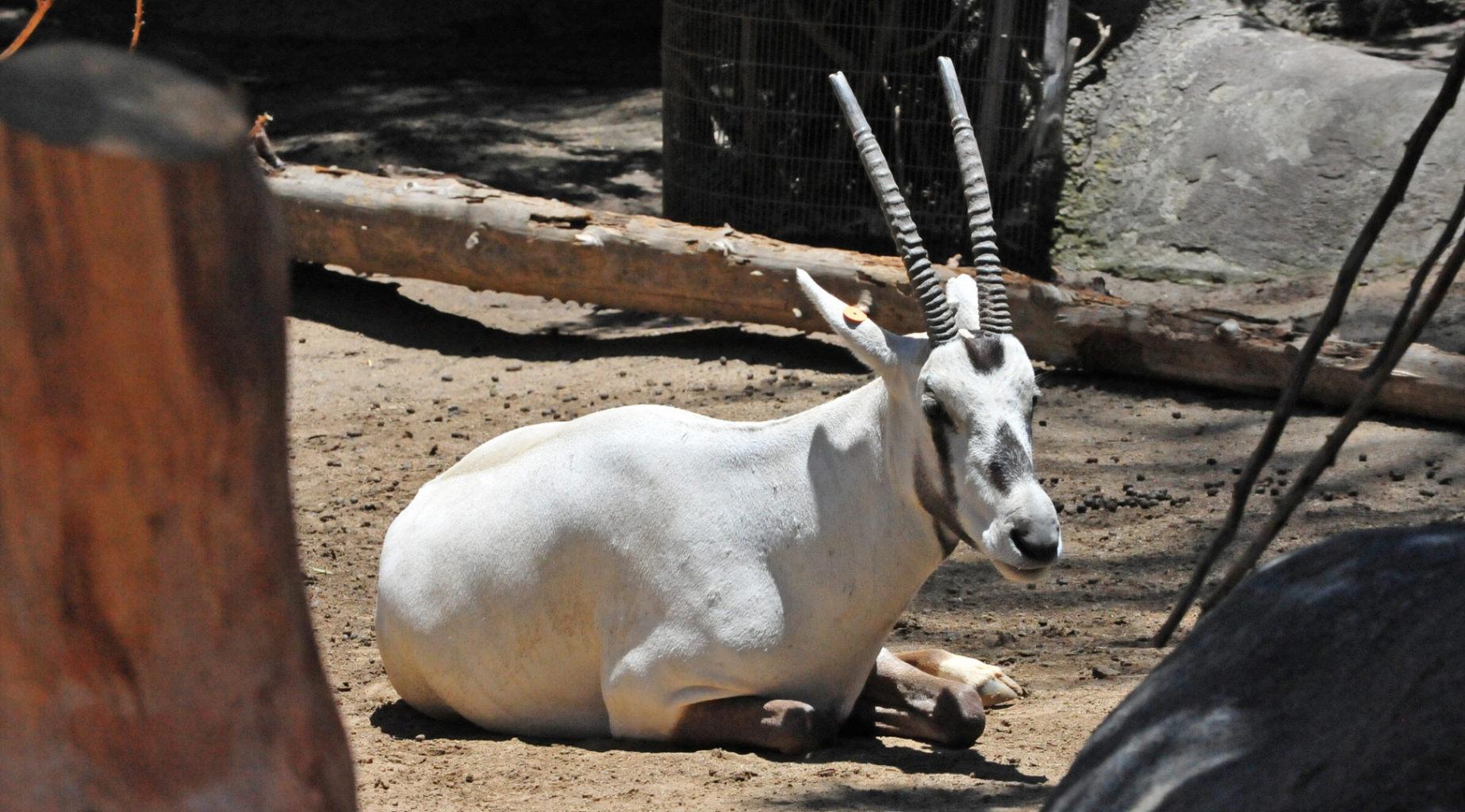
This VOA Special English ENVIRONMENT REPORT was written by Cynthia Kirk. But the official said it was only nature. A wildlife official at the park and many visitors were surprised to see this. It was the first time Kamuniak had eaten one of the young animals. Last month, one of the oryxes died of starvation and the lioness ate it. Park officials have welcomed nature experts and researchers to the park to study the lioness's strange behavior. Some have said the lioness wants to be like a mother to the baby antelopes because she is unable to give birth to her own babies. Wildlife experts do not understand Kamuniak's actions. Experts say she apparently is too concerned about the safety of the oryxes to leave them alone. The lioness usually does not hunt for food while raising the baby antelopes. One time, however, a baby oryx was eaten by a male lion while Kamuniak slept. Their mothers were usually too afraid of the lioness to get close enough to feed their young. Sometimes, park officials had to intervene to rescue a baby oryx as it became weak from lack of food. Most of the oryxes later escaped with the help of their mothers. The lioness has cared for each of the five baby oryxes and protected them from other lions. She was walking side by side and lying in the grass with a baby oryx. The lioness became famous in Kenya when pictures of her were published on the front page of a local newspaper. When it grows up, it develops black and white markings on its face. At birth, the oryx is a light brown color. She has cared for five young oryxes since January. Local people in Kenya named the lioness Kamuniak, which means "the blessed one" in the local Samburu language. It has two subspecies: the common beisa oryx (Oryx beisa beisa) found in. Scientists say the lioness has defied the laws of nature. The East African oryx (Oryx beisa), is a species of antelope from East Africa.

Many people have visited the park to observe her unusual behavior. The lioness has become the most popular animal in the wildlife park.

The lioness in the Samburu National Reserve has been caring for baby antelopes that it would normally kill and eat. Though we edit our accounts for accuracy, we cannot guarantee all information in those accounts.

Scientists do not understand the unusual actions of a female lion in a protected wildlife park in northern Kenya. Disclaimer: The Animal Diversity Web is an educational resource written largely by and for college students.ADW doesnt cover all species in the world, nor does it include all the latest scientific information about organisms we describe. This may have been due to sightings of injured one-horned oryxes or the fact that from certain angles, scimitar-horned oryxes can look like they have only one horn.This is the VOA Special English ENVIRONMENT REPORT. It is said that sightings of scimitar-horned oryx inspired some of the stories of unicorns. There are many origin stories for unicorns, and the anatomy of the scimitar-horned oryx is one of them. They are also able to raise their body temperature by several degrees, meaning they do not need to sweat as much, which in turn conserves water. They get much of the water they need from the plants they eat, but can go for long periods without drinking water. Scimitar-horned oryx have adaptations for coping with the shortage of water in their hot desert and savanna environments. This helps males to compete with each other without running the risk of getting hurt. To keep them from slipping, they have 'grips' on their horns, closer to their skull. The oryx use their horns to have pushing matches between males for mates.

They also have thick eyelashes and strong eyelids that help protect against windblown sand. This helps to keep the glare from the sun out of their eyes. Scimitar-horned oryx have dark patches around their eyes.


 0 kommentar(er)
0 kommentar(er)
